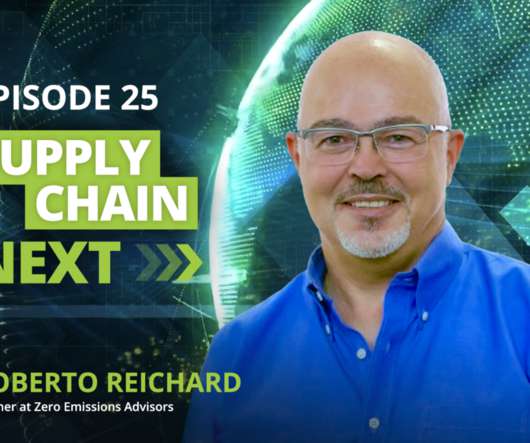How Many Slaves Are in Your Supply Chain?
Talking Logistics
MAY 8, 2013
The law requires “retail sellers and manufacturers doing business in the state [with over $1 million $100 million in annual worldwide gross receipts] to disclose their efforts to eradicate slavery and human trafficking from their direct supply chains for tangible goods offered for sale, as specified.”















Let's personalize your content